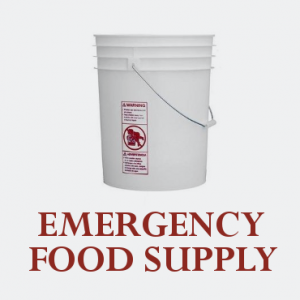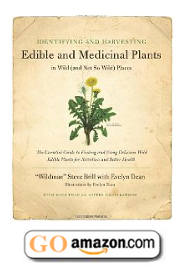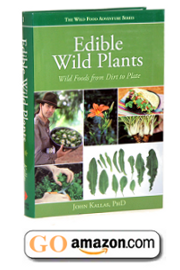 During a crisis or an emergency such as a tornado, hurricane, flood, or blizzard, buying food can become very difficult. Road closure or depletion of food supplies in stores can occur. Hence, having emergency food storage is of paramount importance in disaster preparedness.
During a crisis or an emergency such as a tornado, hurricane, flood, or blizzard, buying food can become very difficult. Road closure or depletion of food supplies in stores can occur. Hence, having emergency food storage is of paramount importance in disaster preparedness.
Things to Remember in Storing Food for Emergencies
Experts suggest that in effectively storing food for disasters, each person in the household should be allotted at least three days’ worth of water and food. Therefore, for a five-member household, a fifteen-day supply of food and water should be sufficient.
The best foods for storage are those which do not need to be refrigerated. This should always be considered since electricity often becomes unavailable during disasters. To avoid wastage and spoilage, each of the items in the food storage should be prepared in single servings.
Top Things to Store for Emergency
Water should always be stored. At least one gallon a day should be allotted to each person. Canned foods which are ready- to-eat should also be included in the food storage. These canned goods should include vegetables, fruits, meat, poultry, fish, and pasta. While canned goods can remain consumable for a long time, damaged cans can lead to food poisoning. Therefore, it is important to properly store canned goods to preserve the integrity of the cans. At least 2 can openers should be stored together with the canned foods.
Staples such as salt, sugar, coffee, tea, chocolate mix, and instant rice or instant potatoes should also be stored. To ensure that the no one suffers from malnutrition during a disaster, high-calorie foods should be included in the storage. High-calorie foods include nuts, jellies, peanut butter, and granola bars.
Ideal Food Storage Area and Containers
The containers for storing food should be food-grade. This means that they do not contaminate the food with non-chemicals and that they are not made of chemicals which are dangerous to human health. Containers which are not considered food-grade include garbage bags, plastic bags, and industrial plastics. Not all plastic containers are safe for storing food. Container labels should always be checked for their food grade.
The ideal food storage area is cool and dry. The low temperature helps in keeping the quality of the food. Any heat source (e.g. furnaces, water heaters, electrical appliances) should be kept away from the storage area. A well-ventilated storage area helps keep humidity out of the food. The ideal storage area is inaccessible to pests like rodents and insects. Hence, it should not have any cracks or crevices.
Picture Credit Ropak Emergency Food Containers On Amazon










